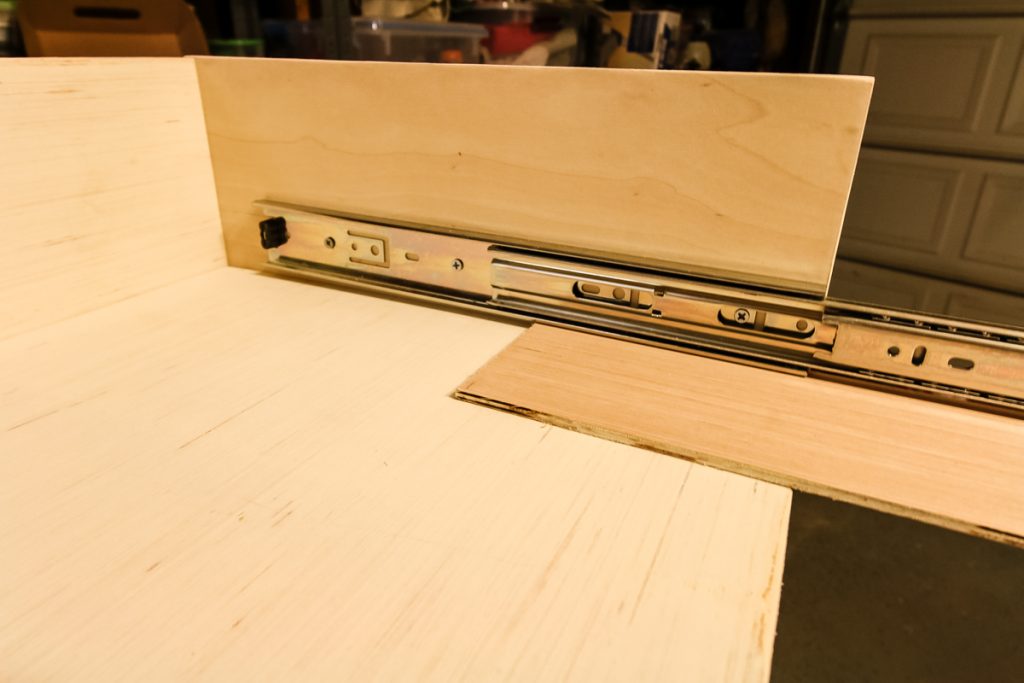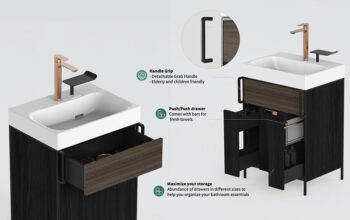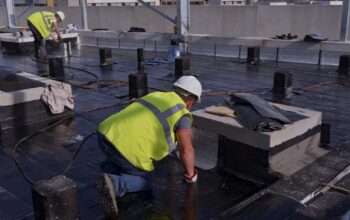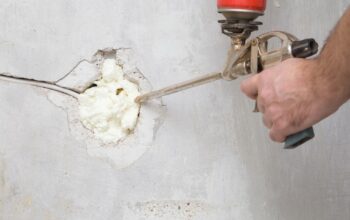Drawer slides are essential components found in cabinetry, furniture, and industrial applications. They allow drawers to open and close smoothly, ensuring both functionality and durability. While drawer slides might appear to be simple mechanical parts, their production involves a detailed and precise manufacturing process. In this guide, we will explore how drawer slides are manufactured from raw materials to finished products.
Step 1: Material Selection and Preparation
The first step in manufacturing drawer slides is selecting the right material. High-quality drawer slides are typically made from cold-rolled steel due to its strength, durability, and corrosion resistance. In some cases, aluminum or stainless steel may be used, depending on the application requirements.
After selecting the material, the steel sheets are cleaned and prepared for processing. This may involve surface treatments like pickling or coating to remove any impurities and prevent oxidation.
Step 2: Cutting and Stamping
The cleaned steel sheets are then cut into appropriate lengths using automated cutting machines. Once cut, the steel pieces go through a stamping process where machines use dies to punch holes, create slots, and form specific profiles. This process defines the initial shape of the drawer slide rails, including the tracks and mounting holes.
Precision is critical in this step because even minor deviations can affect the functionality of the slide. Advanced stamping equipment is programmed with exact specifications to maintain tight tolerances.
Step 3: Rolling and Forming
After stamping, the metal pieces are fed into roll-forming machines. These machines bend and shape the steel into its final profile. The roll-forming process involves a series of rollers that gradually shape the flat steel into a channel or rail structure commonly seen in drawer slides.
This step also includes the integration of ball bearing tracks or linear guide channels. These features are crucial for ensuring smooth and stable movement once the drawer slides are assembled.
Step 4: Heat Treatment and Surface Coating
To enhance strength and durability, the formed steel components may undergo heat treatment. This process hardens the metal and increases its wear resistance, making it more suitable for long-term use.
Following heat treatment, surface coating is applied to protect the metal from rust and corrosion. Popular finishes include zinc plating, black powder coating, or electroplating. These coatings not only provide protection but also improve the aesthetic appeal of the drawer slides.
For high-quality options, a trusted Drawer Slides Manufacturer will ensure all their products go through thorough surface treatment to meet industry standards.
Step 5: Ball Bearing Insertion
Many drawer slides rely on ball bearings to enable smooth and silent movement. In this step, ball bearings made of stainless steel or other durable materials are inserted between the tracks. The bearings are placed in pre-formed tracks and secured in place using bearing retainers or cages.
The accuracy of this step is vital. Improper placement of ball bearings can lead to noise, friction, or uneven sliding motion, reducing the quality of the final product.
Step 6: Assembly
Once the individual components are ready, the drawer slides are assembled. This includes combining the inner, middle, and outer rails, along with ball bearings and stops or dampers where applicable. Some slides also incorporate soft-close or self-closing mechanisms, which are added during this stage.
Automated assembly lines are often used to ensure consistency and reduce production time. Each unit is carefully checked to ensure the smooth interaction of all parts.
Step 7: Quality Inspection and Testing
Before being packed and shipped, drawer slides go through rigorous quality control checks. This includes testing for:
- Load capacity
- Smoothness of operation
- Noise levels during sliding
- Durability and longevity
These tests simulate real-world use to ensure the drawer slides will perform as expected under various conditions. Some manufacturers use cycle tests, opening and closing the slide thousands of times to test endurance.
Step 8: Packaging and Distribution
After passing all quality checks, the drawer slides are cleaned, labeled, and packaged. Depending on the type and size, they may be packed in individual cartons or bulk boxes for shipment.
Manufacturers often include mounting hardware and installation guides to simplify the use for end consumers. Packaging is designed to protect the product during transit and handling.
Conclusion
The manufacturing of drawer slides is a precise and multi-step process that demands high levels of engineering and quality control. From material selection and stamping to ball bearing insertion and final testing, every stage plays a critical role in ensuring the functionality and reliability of the finished product.
Whether for residential furniture or industrial cabinetry, selecting a reliable Drawer Slides Manufacturer ensures the longevity and performance of the hardware. High-quality drawer slides are a result of meticulous manufacturing practices, reflecting the craftsmanship and technology behind even the smallest components in our daily lives.




